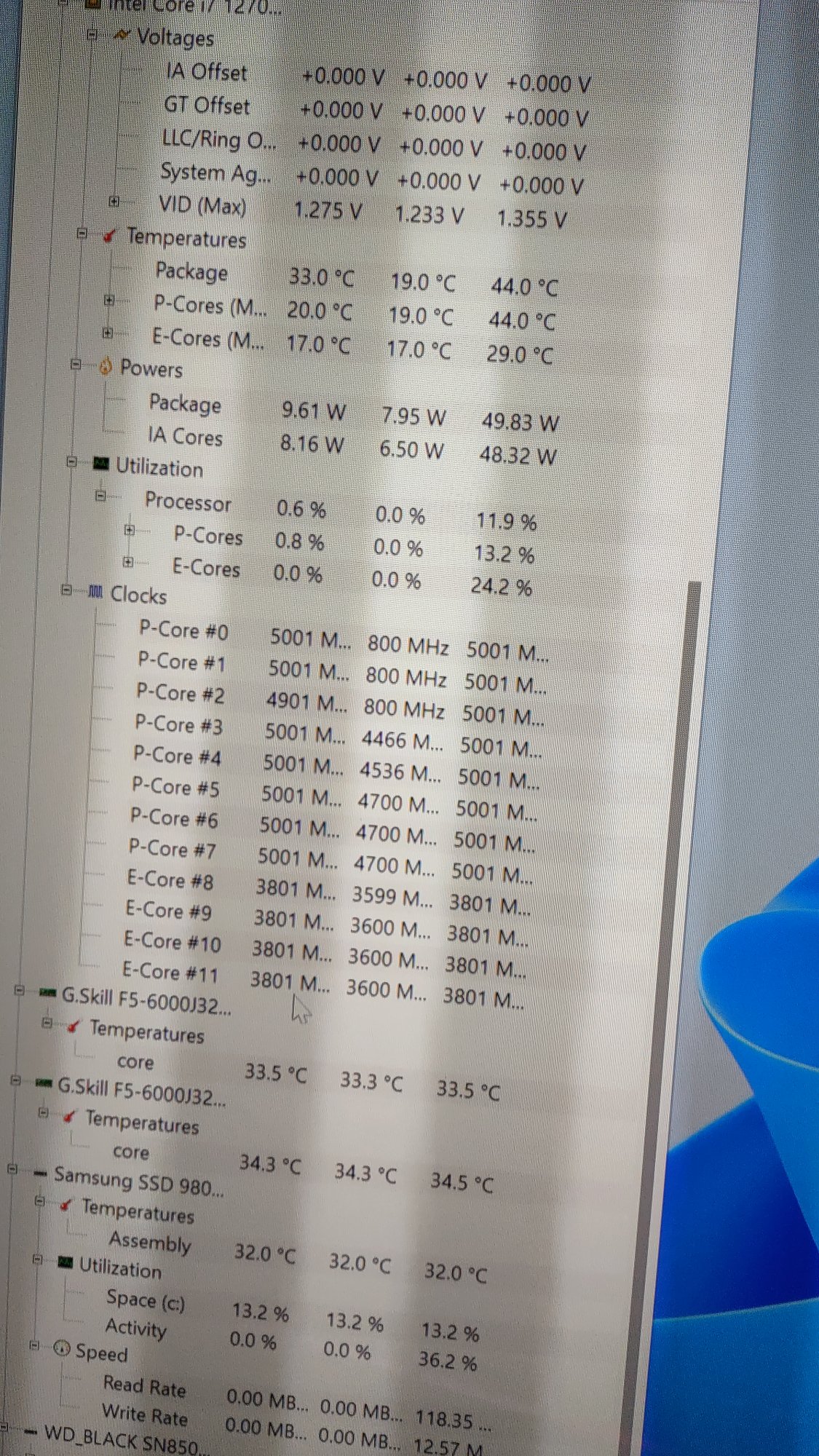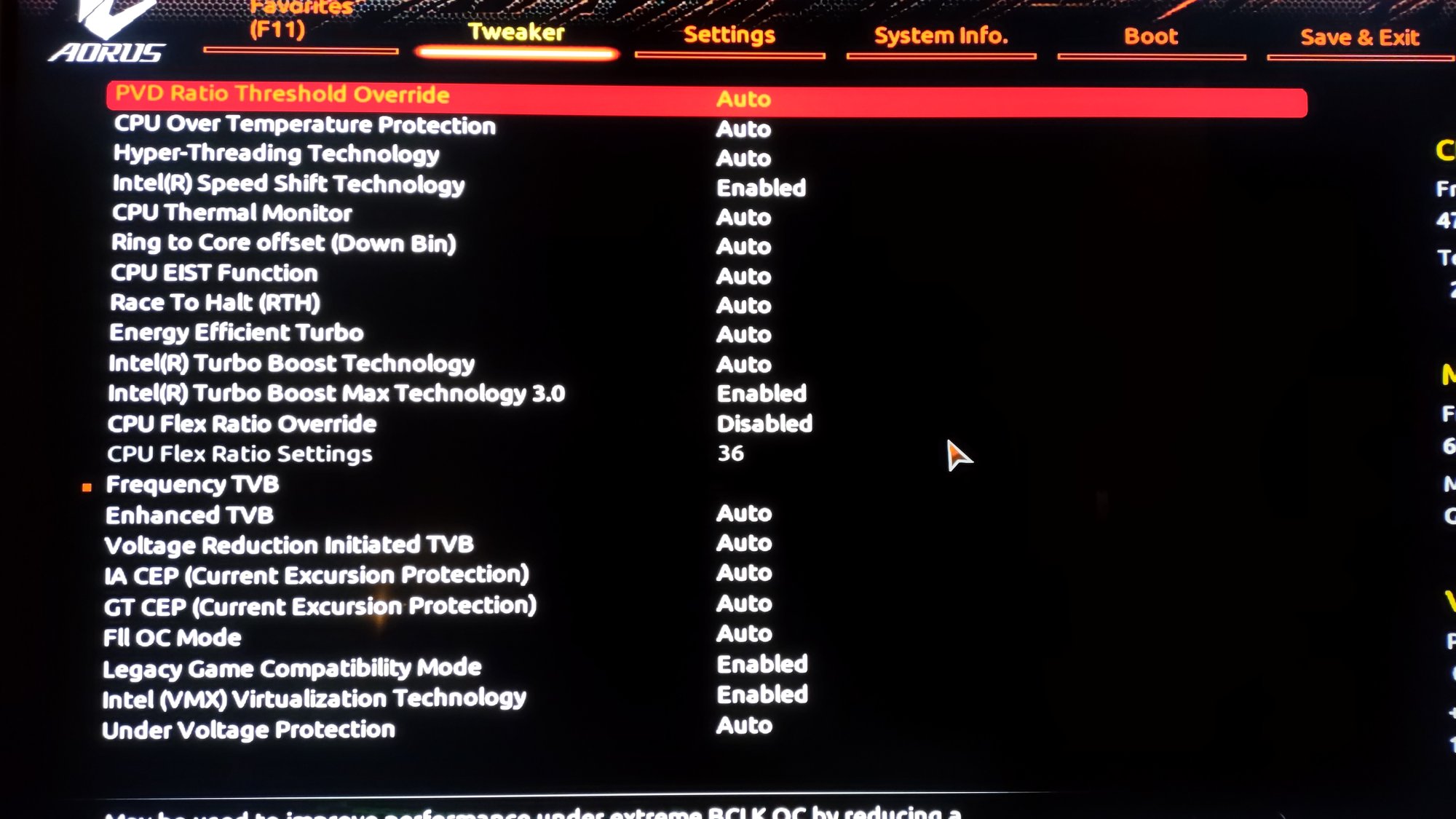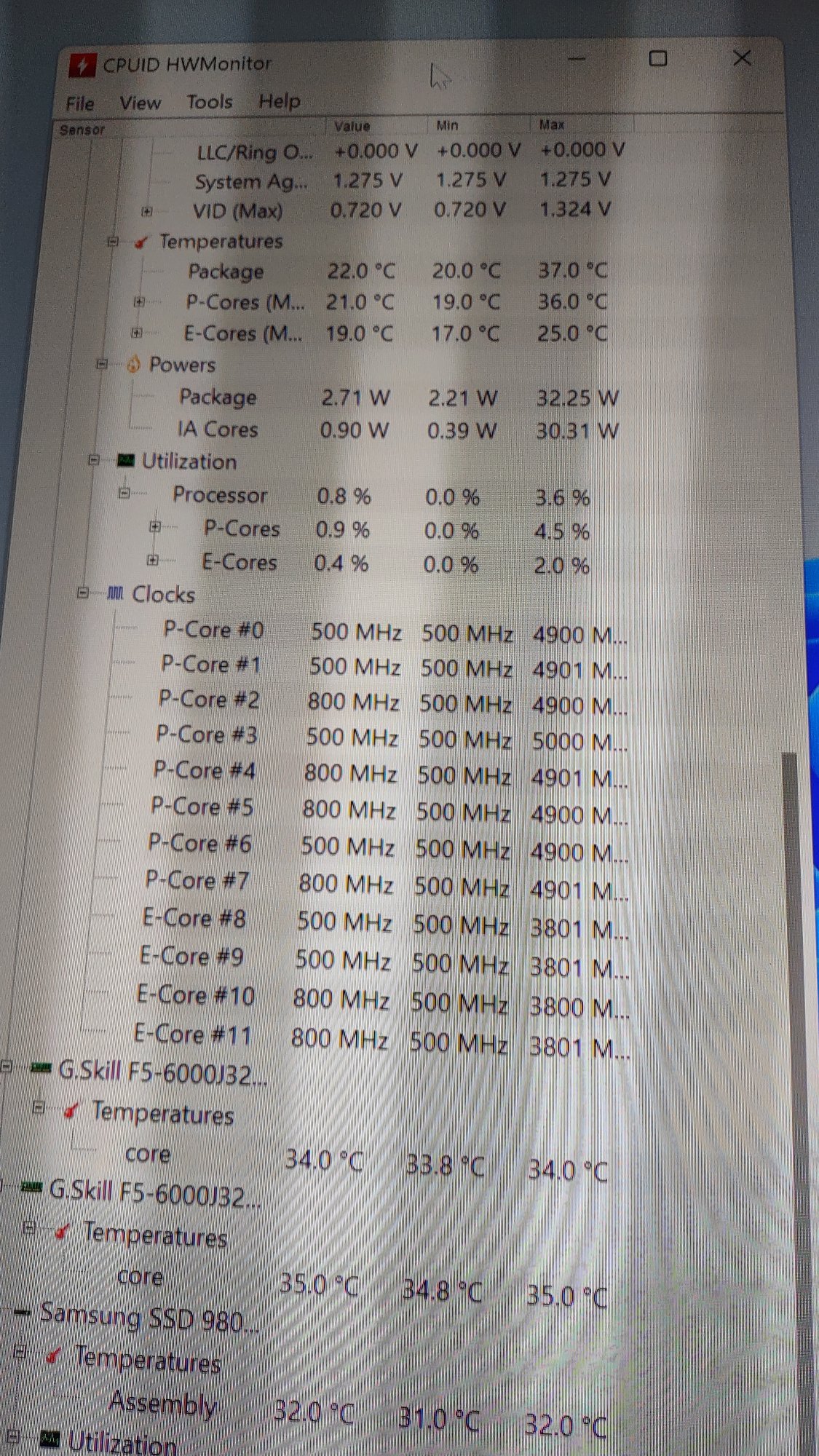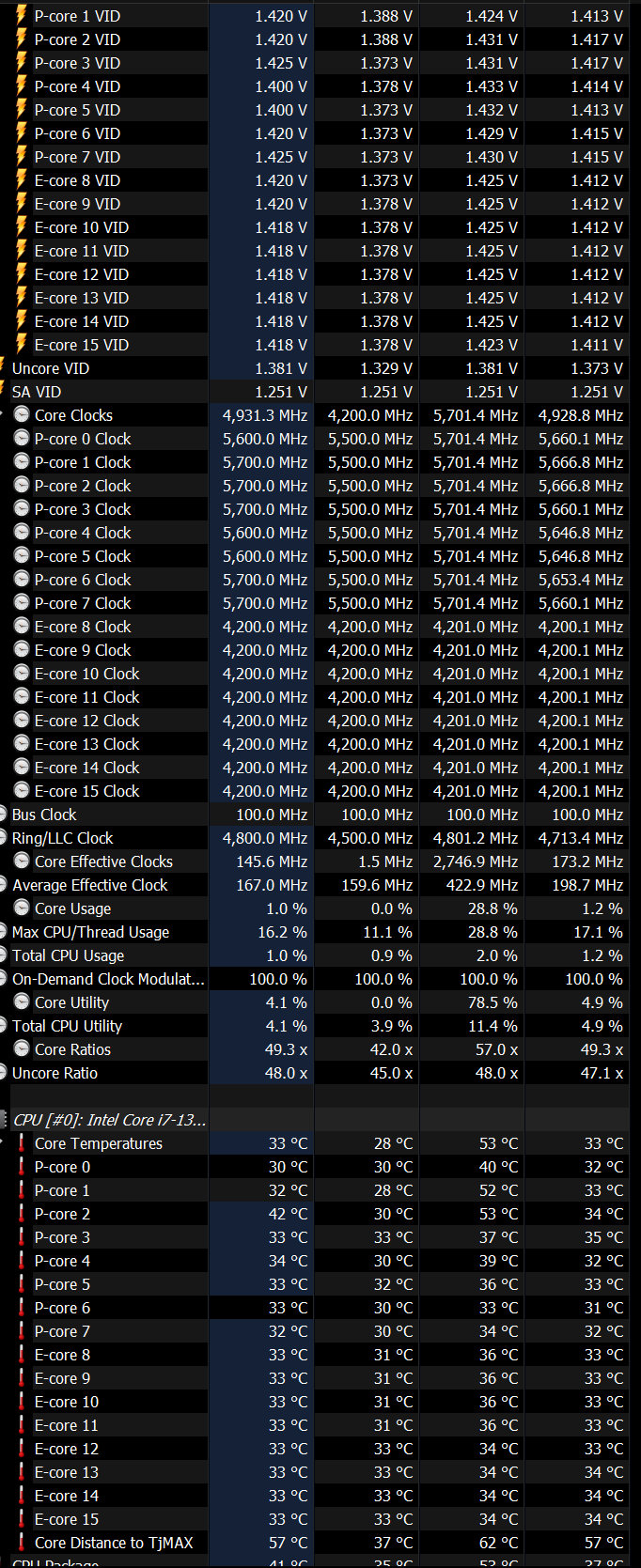xDiVolatilX
2[H]4U
- Joined
- Jul 24, 2021
- Messages
- 2,489
Aorus master z790
12900kf
Ddr5 z5 c32 6000 64gb 2x32gb
Any reason why? Or how I can control it better to idle lower?
12900kf
Ddr5 z5 c32 6000 64gb 2x32gb
Any reason why? Or how I can control it better to idle lower?
![[H]ard|Forum](/styles/hardforum/xenforo/logo_dark.png)





